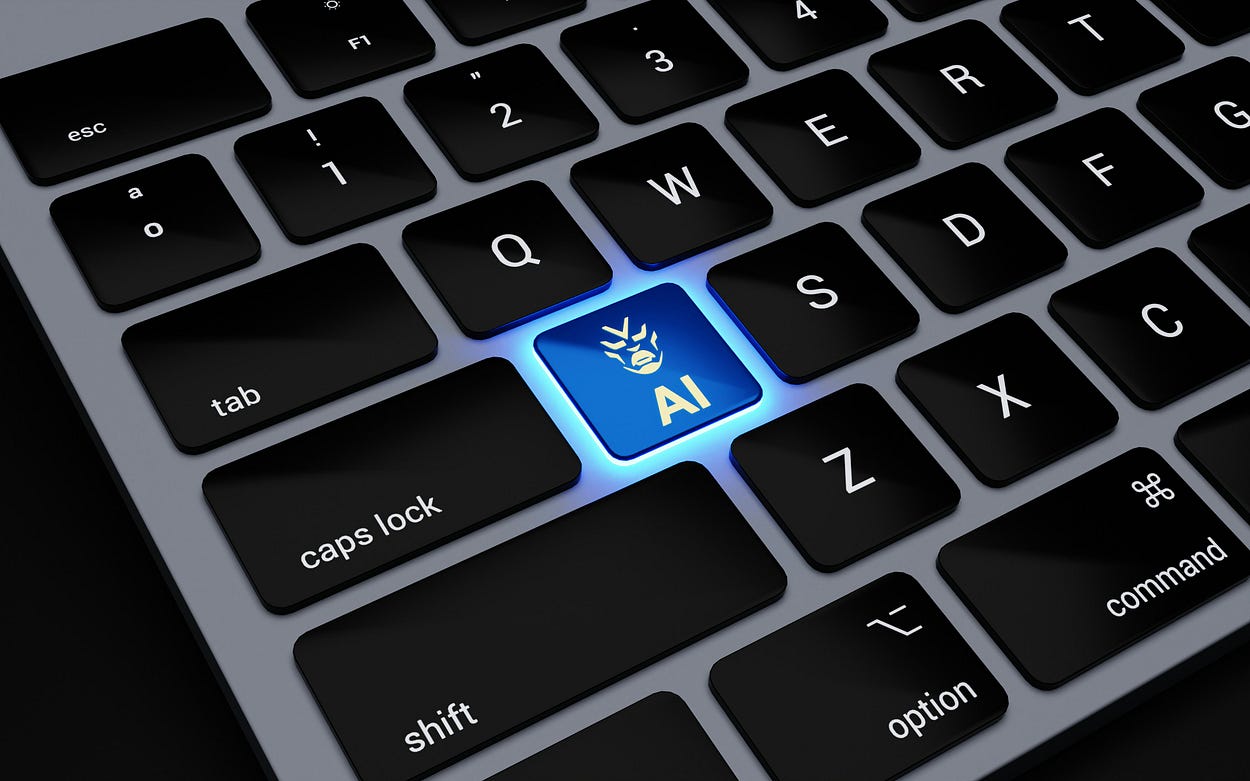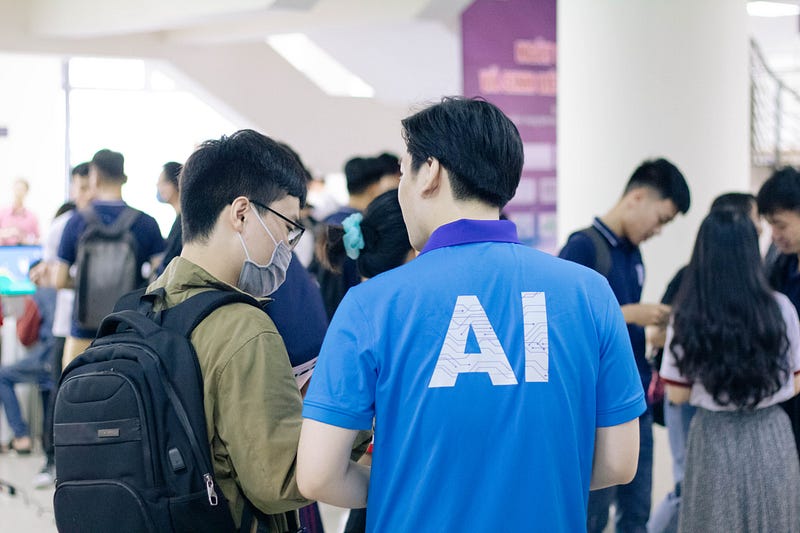Exploring the Potential Impact on News Media and Society

The deep learning technology has matured to bring out a rather interesting, yet worrying phenomenon- deepfakes. These are images, videos, or media objects that have been manipulated with deep neural networks to be weird versions of what they are. Although deepfakes can be considered an innovative tool to be used within the sphere of entertainment and artistic creativity, they introduce a serious problem of the credibility of news media, and even at the societal level. In this article, the many implications of deepfakes will be discussed, evoking their various possibilities of misinformation, trust-hate, criminal application, and even positive technological application.
An explanation of Deepfakes: a summary.
The artificial intelligence process Deepfakes is the concept of making hyper-realistic media through implementing sophisticated artificial intelligence, mostly the use of deep neural networks, to develop media that are convincingly authentic. Processing massive data sets of photos and video files, these algorithms can generate distorted content that will look like reality, and viewers will find it even more difficult to recognize which is true and which is false.
- The Dual-Edge of Deepfakes
1. Misinformation Threat
Possibly the biggest threat that deepfakes provide is that they can spread fake information. Deepfakes can affect the opinion of the masses and influence people to vote by showing altered photos or videos of celebrities or political leaders during politically tense periods, such as elections.
To give an example, a deep fake video may include a candidate who makes inflammatory statements or shows unethical conduct, significantly affecting the opinion of the constituents. The consequences are catastrophic: the portal of misinformation can replace democratic institutions and destroy people's trust, and worsen the historical flow of events.
2. Damaging Reputations
Besides affecting the general opinion, deepfakes can harm the reputations of individuals. Any misrepresentation of what one does or believes in may result in social exclusion, unemployment, or, at worst, legal implication. This may end up being extremely harmful, and such an event will cause a loss of trust not only at the individual level but also at the institutional level.
3. Wearing away of Media Credibility
Due to high levels of deepfakes, applying the truth/deception concept of media becomes harder; therefore, media credibility decays. In a scenario where the media has stopped acting as a watchdog because ordinary people can no longer be sure what is reported and what is altered, manipulated, and abused, it is the credibility of the media that is at stake. Such a loss of faith might lead to an even further divided society where false news flourishes and essential discussions are impaired. - The Positive Actions of Deepfakes
Although the risks of using deepfakes are looming, it is equally important to note that deepfakes have a good side to them.
1. Game and Imagination
Deepfakes have the potential to transform the entertainment industry by giving filmmakers new tools for storytelling. Movies can also incorporate realistic special effects, which become an added benefit to the viewer, and as a result, more creativity is enabled. Moreover, by utilizing deepfake one more time, artists can develop the boundaries of their profession to create something special and interactive.
2. Learning and development
Deepfakes can be used in educational fields to recreate conditions presented in the real world and advance learning. An example, a teacher can reproduce the events of history to simulate learning, which gives students a dynamic way of learning. Similarly, deepfakes might be applied in training, and people might be trained in something like medical practice on the virtual body instead of real people, which presents a safe sand controlled situation.
3. Technological Advancements
The issue of deepfake technology has the capability of enhancing developments in other areas as well. An example can be the enhancement of the facial recognition systems so that they can help in the proper identification of individuals, and consequently, the security systems will become more enhanced. Moreover, speech recognition can enhance deepfakes to a greater extent in the transcription and translation services. In that sense, deepfakes can be an excellent technological innovation tool. - Serious Crime with Deepfakes
We should remember that although the positive purposes of deepfakes are obvious to be true, the dark side of their abilities should not be underestimated.
1. Extortion and Blackmail
Deepfakes can be used criminally, like in extortion. Blackmailing a person or organization through fear and exploitation of the latter is another reason why a malicious actor could generate a fake video to profit from it. Not only does this abuse violate the victims, but it also propagates an atmosphere of distrust.
2. Identity Theft
Deepfakes have the potential to be used in identity theft, as it becomes fairly easy to deceive a target by imitating him or her. The criminals may retrieve sensitive information, be part of fraud, or stat some other criminal acts using modified images or videos. This poses a major question of insecurity and privacy of digital identities and persons.
3. Cyber Espionage
Deepfakes can also be employed to carry out cyber espionage, when the fake video is employed to access confidential information or influence the mood of the masses. The national security repercussions are immense, and possible threats to government integrity and the national security of the population. - A Way Through the Haze of Risks and Maximized Profit
Since deepfakes may be a dangerous phenomenon, society should think about countermeasures to reduce the adverse effects. This will entail a variety of strategies that will integrate technology, education, and social awareness.
1. Design of Detection Tools
Deepfake detection is on the rise, which is a vital aspect in preventing misinformation. The algorithms and tools that can find and signal about manipulated content are actively in developed by researchers. A greater media literacy rate can be achieved by coming up with methods of detecting deepfakes in media content, preventing further dissemination of fake information.
2. Educational Initiatives
It is necessary to educate the people on deepfakes and what they mean. Sensitization can aid in creating awareness of the indications of manipulated content and teach people to think critically when reading the media. Media literacy can help society become resistant to misinformation and manipulations.
3. Ethical Guidelines and Rules
The development of ethical standards and rules regarding the utilization of deepfake technology is a necessary agenda to overcome the challenges they cause. There are acceptable uses and legal mechanisms for addressing the misuse that can be facilitated by clear standards.
A complex landscape
The introduction of deepfakes is an incredibly complicated picture containing opportunities and challenges. As much as these technologies have the potential to enhance entertainment, education, and technological advancement, they are also very dangerous to the media's credibility and the confidence of society.
There are multiple implications of deepfakes that must be understood by society as we progress. Being ahead of potential misuses of their abilities and with the opportunity to prevent the occurrence of crimes, we can achieve the possibility of a future where the benefits of this technology are enjoyed to the full, and the potential negatives are eliminated.
The path that needs to be taken needs to involve the activities of all those who are involved, which include technological advancements, educational programs, and ethical realities. The complex web of deep fakes can only be traversed by increased awareness and cooperation, and a more knowledgeable and stronger society can be realized. Learned about the consequences occurring in deepfakes, we will see how we may use the opportunity of such opportunity in the best interests and at the same time be aware of being on the guard against all dangers.










